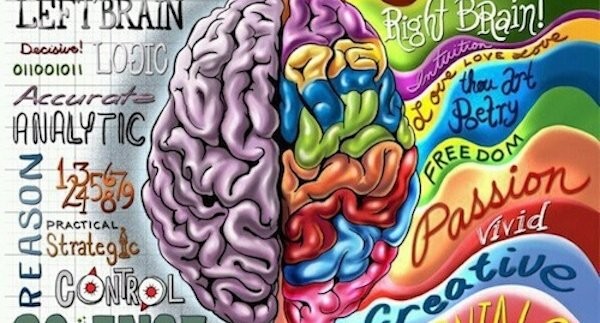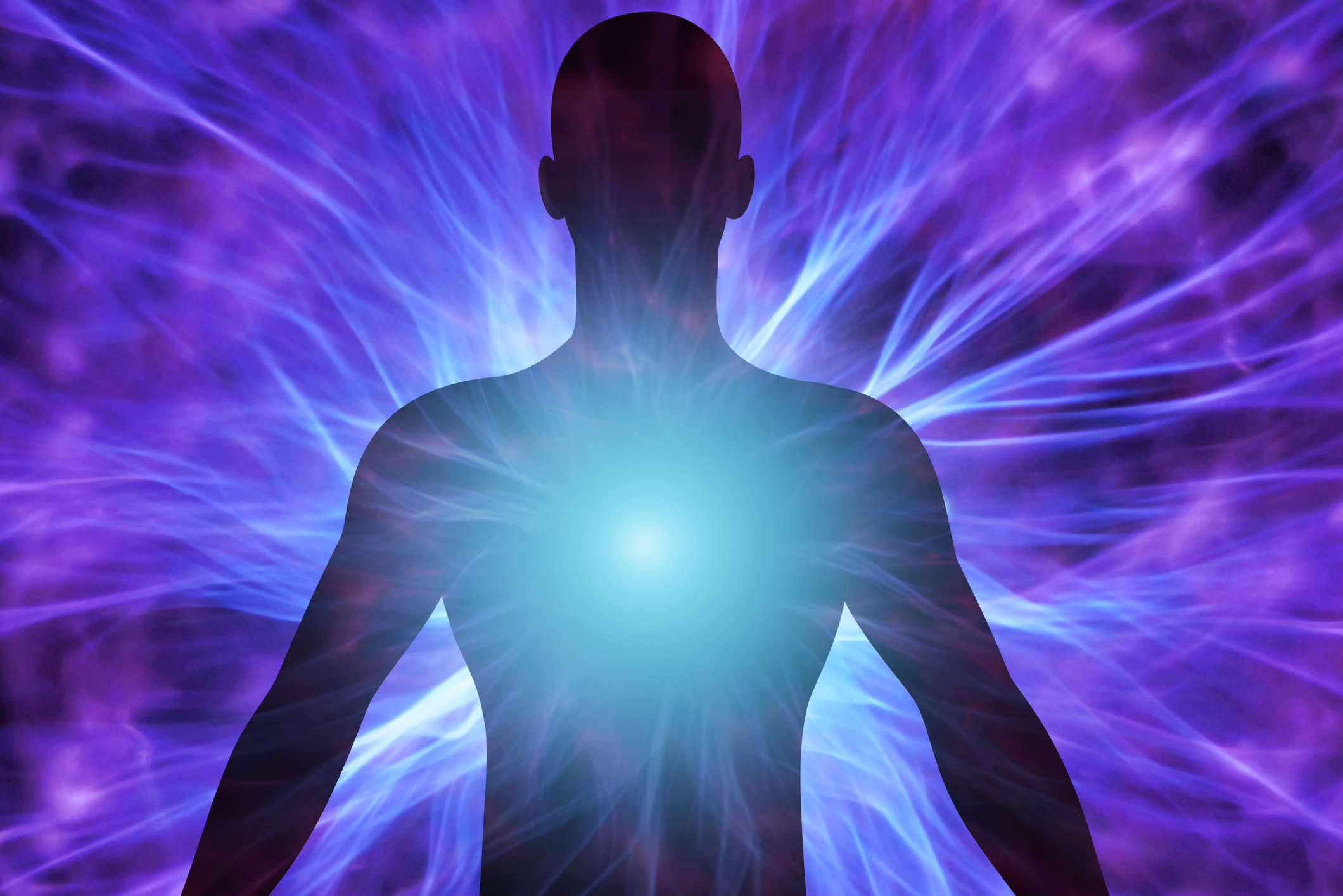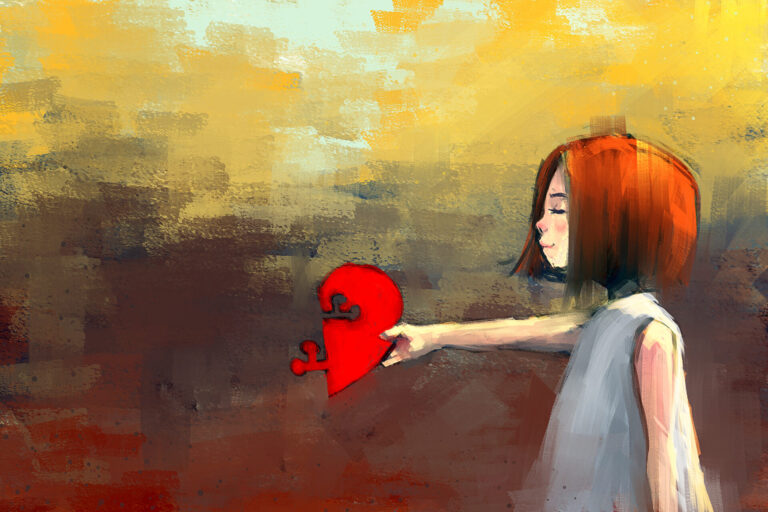In a world where stress and trauma seem to be ever-present, understanding the role of love and compassion in healing becomes paramount. This article explores the profound impact of these emotions on our nervous system and how they can be harnessed to recover from chronic and traumatic stress. We’ll delve into the science behind this phenomenon, looking at the three states of the nervous system akin to traffic lights – green, yellow, and red – and how they influence our well-being.
The Green State: Calm and Connection
In the green state, our vagus nerve is working optimally, creating a sense of calm, centring, grounding, and balance within us. The social engagement system is active, leading to noticeable changes in how we communicate with others. Key signs of the green state include:
- Porous and changing rhythm and pitch in our voice.
- Facial expressions that convey safety and connection, such as smiling with our eyes.
- Improved hearing of mid-frequency sounds, making conversation effortless.
In this state, the release of oxytocin, the “love hormone,” reinforces our feelings of calm and centeredness. It establishes a connection that acts as a portal, bringing us back to a state of tranquility after facing stressors.
The Yellow State: Mobilisation and Tension
When we face heightened stressors, we may shift into the yellow state, activating our mobilization system. Signs of the yellow state include:
- Increased fight-or-flight energy, manifesting as tension and heat in the shoulders and arms.
- Difficulty in relaxing and switching off.
- A voice loses its porosity, becoming monotone or marked by frequent breaths when anxious.
- Reduced facial expressiveness, possibly smiling only with the mouth.
- Heightened sensitivity to low-frequency sounds associated with potential threats.
In the yellow state, our bodies release adrenaline and cortisol, preparing us for action. However, this often leads to irritability, impatience, and a lack of connection in our interactions with others.
The Red State: Immobilisation and Isolation
If the stressors persist or intensify, we may enter the red state, characterized by immobilization. In this state:
- We may experience freezing or feeling stuck.
- Communication becomes challenging with a frozen facial expression.
- Our ability to engage with others diminishes, leading to withdrawal and isolation.
- We may stonewall and avoid interaction altogether.
The red state is the furthest from connection and co-regulation, making it difficult to navigate stressors or maintain healthy relationships.
The Path to Healing
Understanding these three states of the nervous system sheds light on the importance of love and compassion in healing. When we harness these emotions, we can transition from the yellow or red state back to the green state, where the vagus nerve promotes balance and well-being.
Following chronic and traumatic stress, the vagus nerve’s ability to regulate our nervous system is compromised, impacting our mental and physical health. To learn more about practices that facilitate co-regulation and self-regulation, consider exploring upcoming training opportunities that focus on these essential skills.
In conclusion, love and compassion are powerful tools for healing trauma and restoring balance to our nervous system. By recognizing the traffic lights of our own states, we can navigate the path toward a calmer, more centred, and healthier life.
Related posts:
 How and why children who have experienced trauma may find it more difficult to regulate their emotions and behaviours than other children
How and why children who have experienced trauma may find it more difficult to regulate their emotions and behaviours than other children
 The Science of Integration: Understanding Harmony in Relationships and the Brain
The Science of Integration: Understanding Harmony in Relationships and the Brain
 The Power of Interoceptive Awareness in Healing
The Power of Interoceptive Awareness in Healing
 Understanding Therapeutic Parenting: A Comprehensive Guide
Understanding Therapeutic Parenting: A Comprehensive Guide




